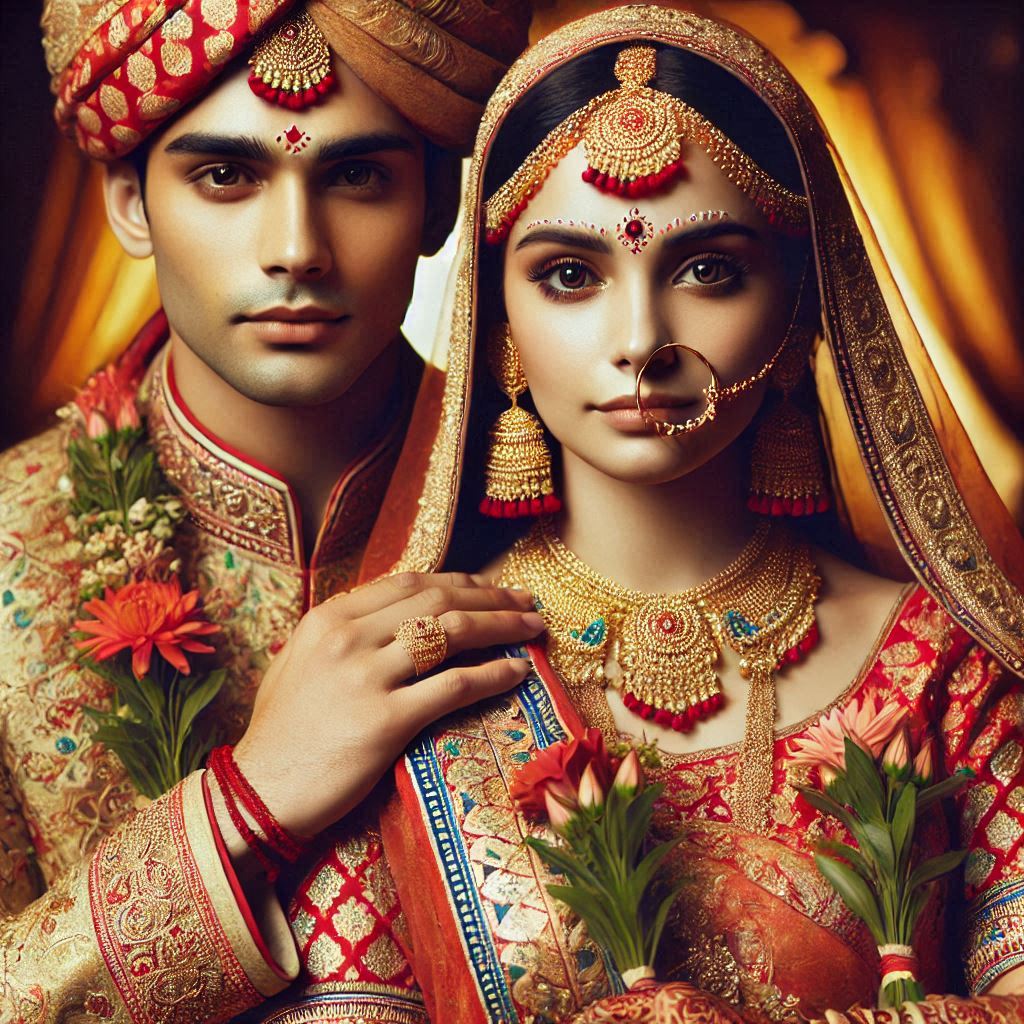Divorce in Modern India is a popular subject, frequently discussed, especially on online platforms. The traditional fabric of Indian marriages is experiencing unprecedented strain in the 21st century, manifesting in steadily rising divorce rates across urban centers and, increasingly, in rural India. This transformation represents a profound shift from the era when marriage was considered an inviolable sacred institution, to its current status as a potentially dissoluble contract between individuals. The causes of this shift are multifaceted and deeply intertwined with India’s rapid socio-economic transformation.

The rise of network society and digital connectivity has fundamentally altered the dynamics of marital relationships in India. Social media platforms and messaging applications have introduced new dimensions of trust, surveillance, and infidelity into marriages. The constant connectivity and virtual social circles have created what sociologist Manuel Castells terms “networked individualism,” where individuals maintain parallel social lives beyond their immediate family units. When the boundries of your social circle are open, it encourage the interventions of the outsiders in your arena.
The traditional expectation of women sacrificing their ambitions at the altar of marriage is being actively challenged across social strata. Individual aspirations, particularly among women, have emerged as a crucial factor in the increasing divorce rates. The area a number of cases where individuals (particularily women) explicitly cited their professional aspirations and need for individual growth as factors in the dissolution of their marriage. This reflects a broader societal shift where women, armed with education and financial independence, are increasingly unwilling to remain in unfulfilling marriages.
The concept of declining morality, often cited by conservative social commentators, requires careful sociological examination. What appears as moral decline might actually represent the erosion of patriarchal control mechanisms that historically kept marriages intact despite dysfunction. The recent divorce of cricket icon Shikhar Dhawan illustrates how modern couples are prioritizing authentic happiness over social conformity. The public nature of these high-profile divorces has also contributed to the destigmatization of divorce among the general population, challenging the traditional notion that marriage must be preserved at all costs.
Economic independence and urbanization have created conditions where individuals can envision life beyond unhappy marriages. The rise of double-income households in urban India has meant that financial interdependence, once a key factor in maintaining marriages, has diminished in significance. This is particularly evident in metropolitan cities where support systems for divorced individuals, including professional opportunities and social networks, are more readily available.
The intersection of globalization and Indian marriage practices has produced what sociologist Anthony Giddens calls “pure relationships” – unions based on emotional and sexual intimacy rather than traditional social obligations. This shift is visible in the changing patterns of relationship formation and dissolution among India’s urban youth. It represents a modern approach to relationship dissolution, where the end of a marriage doesn’t necessarily equate to social catastrophe.
Legal reforms and increased awareness of marital rights have also contributed to rising divorce rates. The introduction of laws protecting women’s rights in marriage and simplifying divorce procedures has made it more feasible for individuals to exit troubled marriages. The recent trend of “mutual consent” divorces among celebrities like Arbaaz Khan and Malaika Arora has set precedents for amicable separations, challenging the traditional narrative of divorce as a bitter, contentious process.
Furthermore, the rise of individualistic values in Indian society has led to decreased tolerance for adjustments that were once considered normal parts of married life. Young Indians, influenced by global media and cultural exchanges, increasingly view marriage as a partnership of equals rather than a hierarchical institution. This shift in perspective has made it more acceptable to end marriages that don’t meet personal expectations of emotional fulfillment and mutual respect.
The phenomenon of rising divorces in India thus represents not just a breakdown of traditional family structures, but a fundamental reorganization of social relationships in response to modernization. While this transition creates significant social challenges, it also indicates the evolution of Indian society toward greater individual autonomy and gender equality. The future of Indian marriages likely lies in finding a balance between traditional values and modern aspirations, as the institution continues to adapt to changing social realities.
